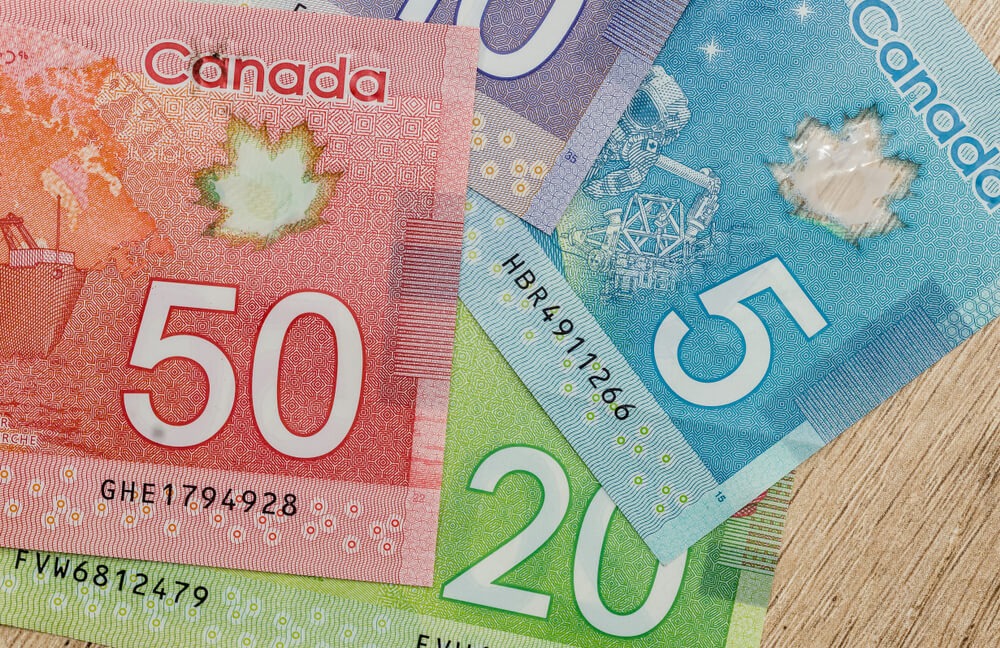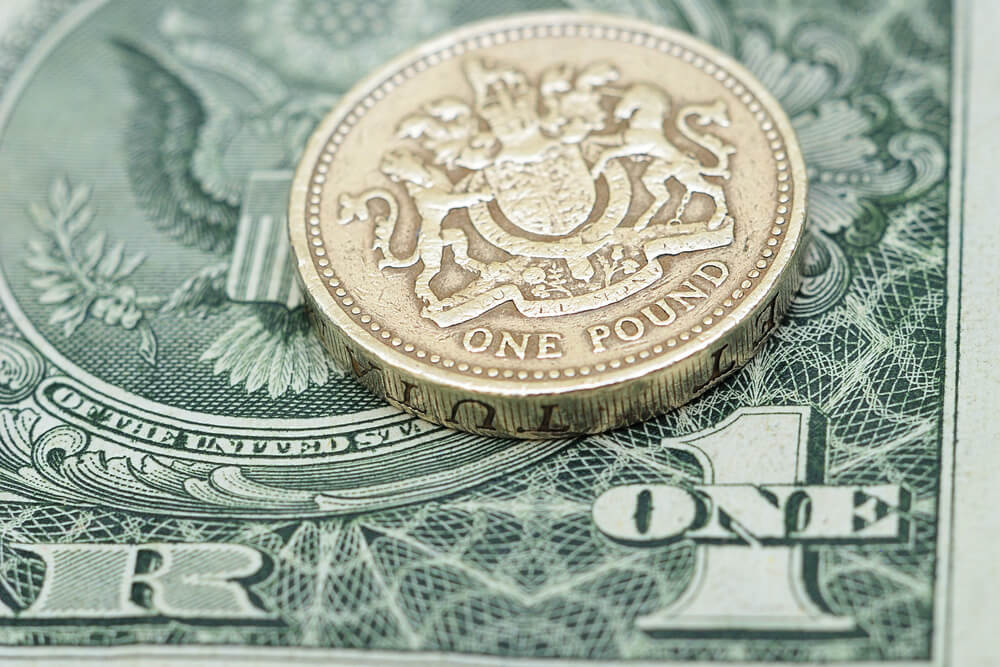Key Points:
- Canadian Dollar slight rebound from a 5-month low; overall bearish, down over 1% in two weeks.
- US Dollar strength surged past a 2-month high, nears resistance levels, bolstered by economic indicators.
- US PPI is up, showing moderate inflation; impacts Fed policies and USD strength.
The currency market presents a complex interplay between the Canadian and US Dollar, each influenced by distinct economic indicators and central bank policies. The Canadian Dollar has remained practically flat recently but continues its bearish trend, depreciating more than 1% in the past two weeks. Meanwhile, it has managed to bounce up from fresh five-month lows. Conversely, the US Dollar has been upward, breaking above the two-month channel top. The technical target is set at the mid-November high of 1.3845 as it approaches resistance levels.
Canadian Dollar Slumps Over 1% in Two Weeks
The Canadian Dollar’s recent performance illustrates a challenging phase, with significant depreciation over the last fortnight and a continued bearish outlook. This downtrend sees the currency rebounding slightly from its lowest point in five months, indicating potential short-term volatility but a general trend of weakness. Such movements suggest caution among investors seeking stability or growth in their currency investments.
USD Hits 1.3700, Aiming for 1.3770 Next
In contrast to its Canadian counterpart, the US Dollar shows strong bullish momentum, now trading near 1.3700. This movement is supported by the currency’s recent break from a two-month trading channel. Consequently, it is propelling towards resistance levels at 1.3740 and 1.3770, while further support is found at 1.3660 and 1.3545. This upward trend underscores the robustness of the US Dollar amid global economic shifts.
March PPI Up 0.2%, Yearly Gain Hits 2.1%
Economic indicators, notably from the US, are pivotal in shaping market dynamics. The Producer Price Index (PPI) for March shows a moderate increase of 0.2%, marking a slowdown from February’s 0.6%. Moreover, the yearly figure has risen to 2.1% from 1.6%. Core PPI remains slightly above expectations at 2.4%, indicating underlying inflationary pressures that could sway Federal Reserve policies. These figures are crucial for investors as they evaluate the potential impact on currency values.
Fed Policy Hints at Easing, Rate Cut Speculation
The Federal Reserve’s recent dovish stance, highlighted by softer US data and comments from Fed policymakers, continues to fuel speculation about potential rate cuts. Notably, John Williams, NY Fed CEO, and Susan Collins, Boston Fed President, hinted at the need to ease policies given the current economic conditions. Such sentiments are crucial in guiding investor expectations and currency market fluctuations, as seen in the easing risk-averse sentiment following Wednesday’s CPI data release.















